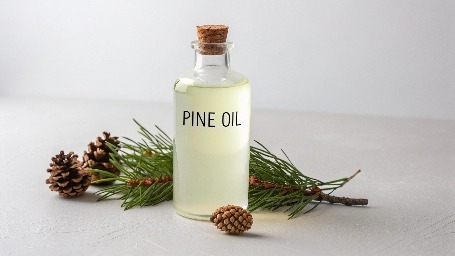Pine Oil Wholesale vs Retail Price Differences
Understanding the pine oil price
landscape is crucial for buyers, whether you're a
manufacturer sourcing industrial pine oil or a consumer seeking essential pine oil for personal use. The
pricing of pine oil varies significantly between wholesale and retail markets due to factors like
production costs, market demand, and supply chain dynamics. In this blog, we explore the cost
differences between wholesale pine oil and retail pine oil, diving into market trends, pricing factors,
and more, with a focus on variants like Pine Oil
65%, Pine Oil 70%, Pine
Oil 85%, and Pine Oil 95%
India.
Why Wholesale Pine Oil is Cheaper
Wholesale pine oil benefits from:
- Bulk Purchasing: Large orders reduce costs for pine oil manufacturers.
- Minimal Packaging: Unlike retail pine oil, wholesale products skip fancy branding,
lowering price tags.
- Direct Supply: Suppliers and distributors streamline the supply chain, avoiding retail
markups.
In contrast, retail pine oil caters to buyers seeking smaller quantities, often with
added value like premium
product labeling or eco-friendly packaging, which increases prices.
Market Trends and Pricing Strategies
The pine oil market reflects typical market trends:
Rising Demand – Essential pine oil and pine seed oil are gaining popularity in cosmetics
and cleaning products, pushing retail prices higher.
Supply Challenges – Disruptions in pine trees or pine needles harvesting can lead to
disrupted pine oil supply, causing pricing fluctuations.
Premium Markets – Products marketed as top pine oil or prominent pine oil command higher
rates due to their perceived quality.
Sellers and manufacturers adopt pricing strategies to balance demand-supply. For instance, wholesale rates
remain competitive to attract industrial pine oil buyers, while retail pine oil leverages the natural pine
scent to justify premium prices.
.jpg)
